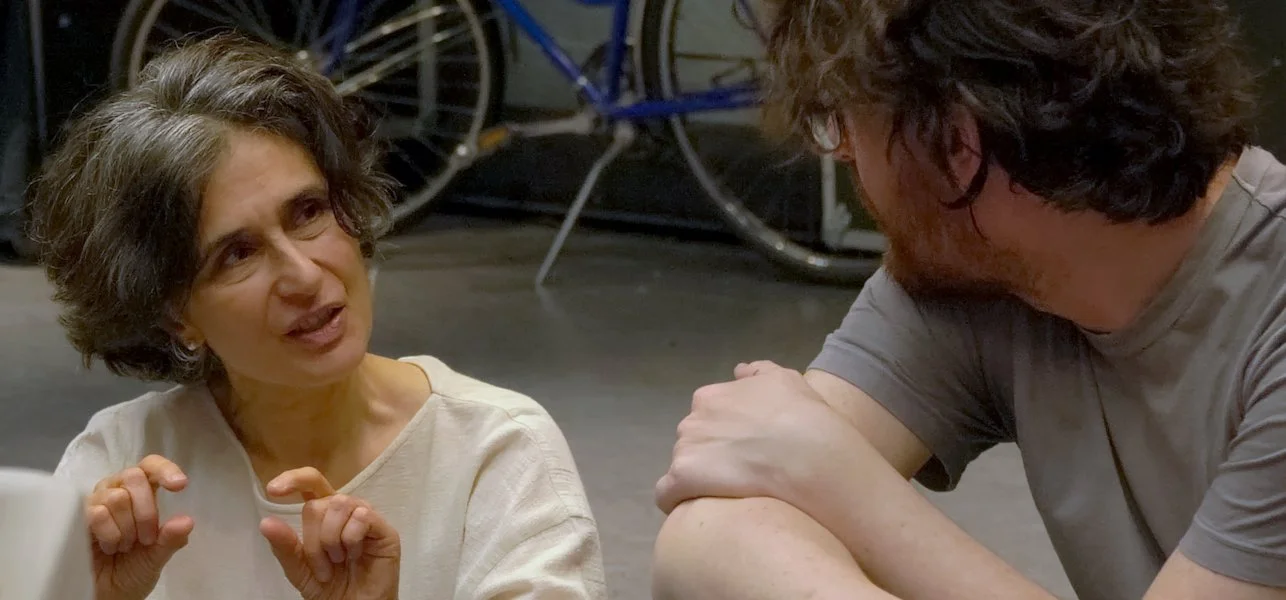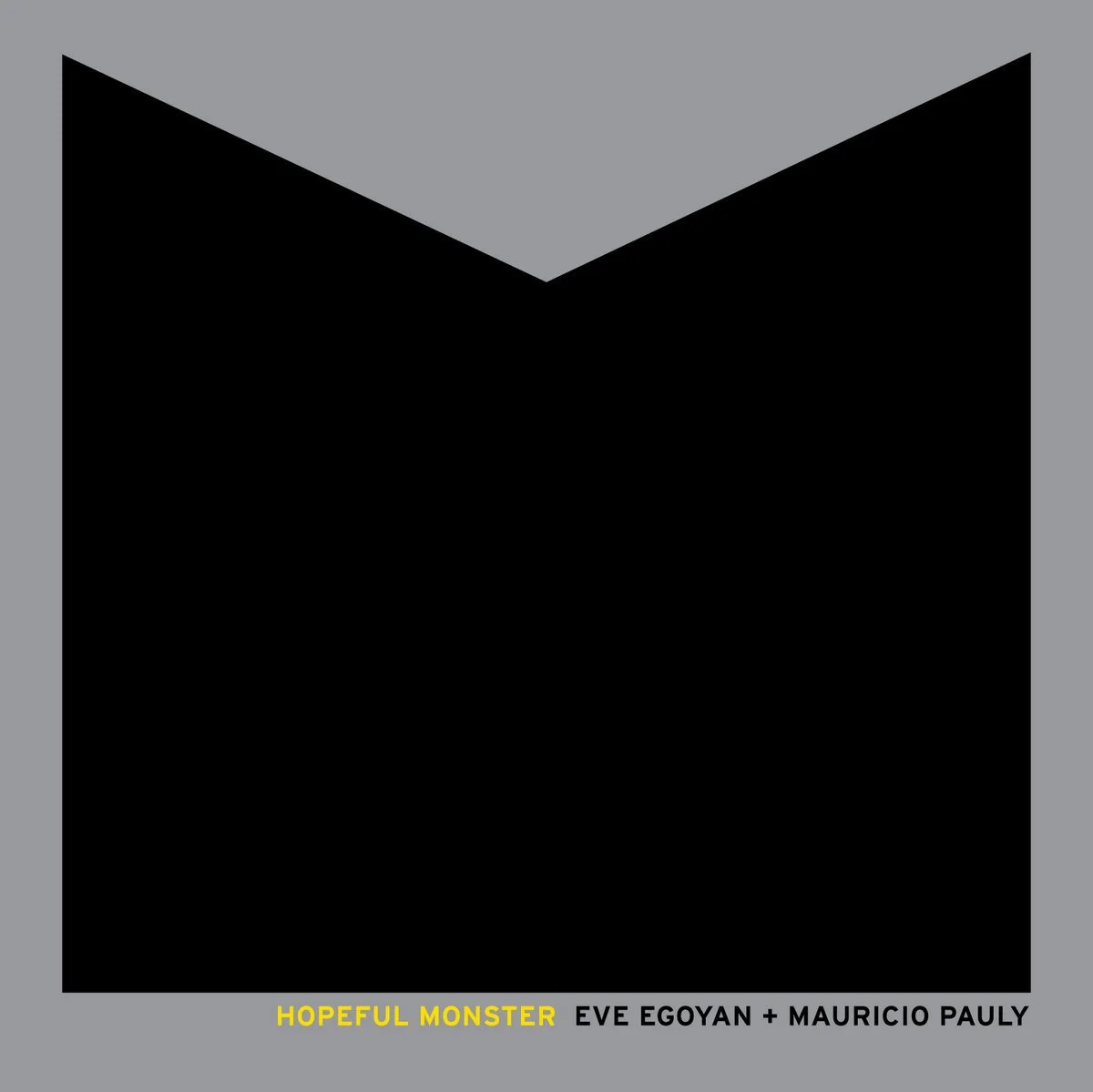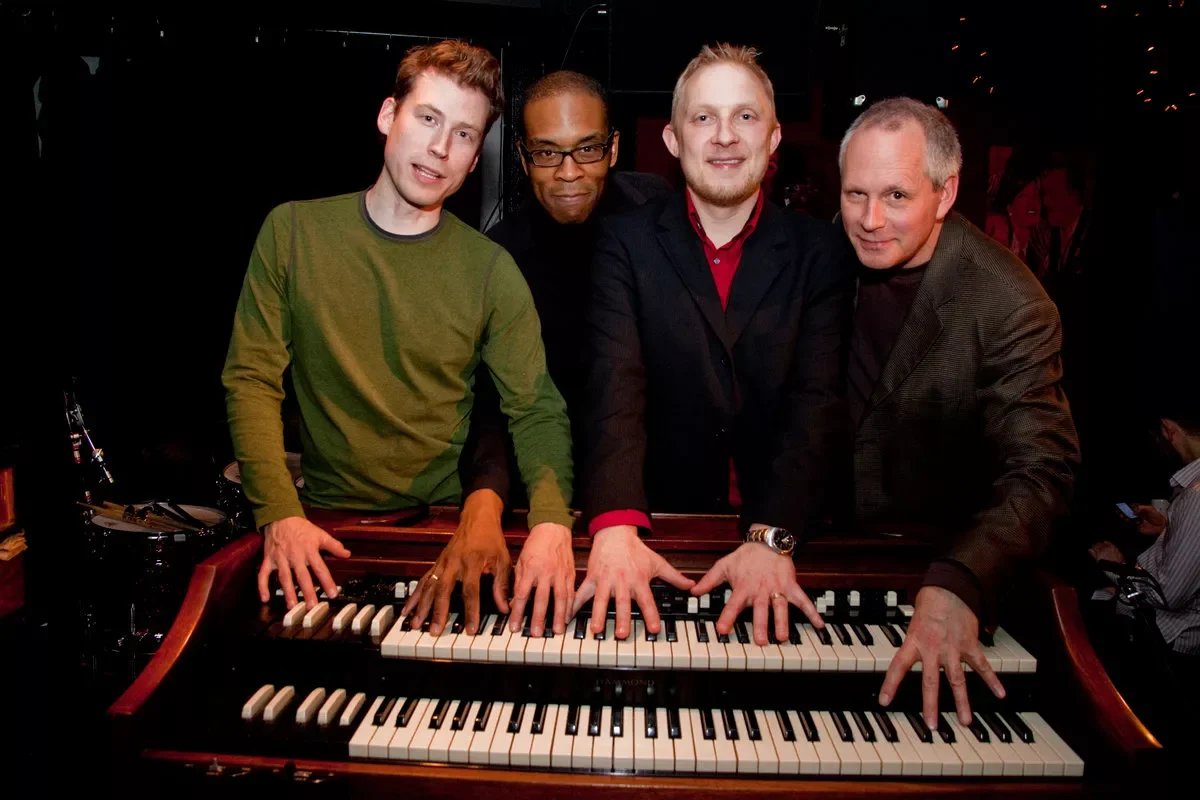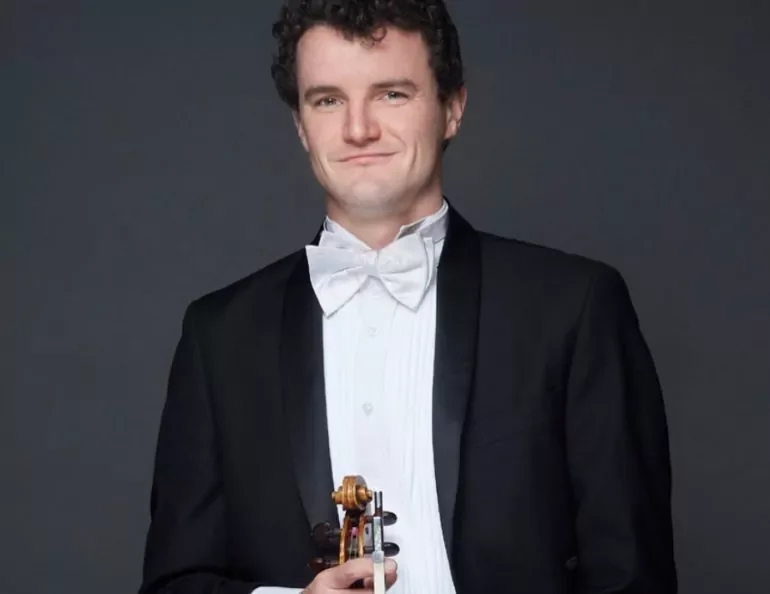In Hopeful Monster, Eve Egoyan and Mauricio Pauly create eerie abstraction at Music on Main’s Modulus Festival
Pianist and multi-instrumentalist’s album collaboration wields a supernatural sound using digital processing, among other techniques
Eve Egoyan and Mauricio Pauly.
Eve Egoyan and Mauricio Pauly play Hopeful Monster at the Roundhouse Community Arts & Recreation Centre on November 4 at 7:30 pm, as part of Music on Main’s Modulus Festival
ONE OF THE great surprises of 2023, so far, has been Hopeful Monster, a new collaboration between West Coast–raised, Toronto-based pianist Eve Egoyan and peripatetic multi-instrumentalist Mauricio Pauly, who now resides in Vancouver.
As expected, Egoyan’s piano is magnificent, providing a rich and resonant starting point for many of the album’s 10 tracks. But it’s in the way that things build from there that this work’s real beauty lies. Egoyan herself has been a pioneer in expanding the possibilities of what she calls the “augmented piano”: using an optical sensor that captures the physical intensity of her playing and then feeds a variety of digital-processing patches, she can control any number of glistening, otherworldly sounds without leaving her bench. Meanwhile, Pauly is also receiving digital feedback from the piano and processing it in his own way, while adding eerie, pitch-shifting glissandos on his Chromaharp and lap-steel guitar.
It all sounds terribly abstract, and it is. But Hopeful Monster is also grippingly physical on an almost molecular level: recording engineer James Perella’s careful attention to detail lets us hear every string scrape or false harmonic in three-dimensional clarity, while the performers’ electronic expansions add an intricate sheen that sounds magical even if you know how it’s being made.
Frankly, I love this record. And so, somewhat to her surprise, does Egoyan.
“That feels so strange to say,” she notes with a laugh, in a Zoom conversation from her family home. “But I actually brought a copy here to Victoria and played it in the car, which is a weird place to be playing it, but I was pretty fascinated. It somehow distanced me, putting it on in that medium, sort of having it in the background—and I was surprised that I, too, was interested.”
Part of that, she concedes, is that she’s still intensely curious about the possibities that playing with Pauly offer. “There’s a dark edge to his sound-world that’s kind of like stone,” she says. “There’s a real earthiness to his electronics, something very organic about his sounds. And in what I’m doing, too, I have a connection to an organic instrument and I have organic samples, but then I can go digital with them and make it very supernatural. It was very exciting, and it continues to be exciting.”
Hopeful Monster album cover.
Exciting, too, is that Egoyan remains pleasantly mystified about how and why these entirely improvised sessions turned out so well. “It’s very funny, because we were very much inside the sound, the way we were recording,” she explains. “We weren’t making any eye contact, so it was also very strange to see video of the session afterwards. When we were inside each other’s sounds, we sometimes didn’t know who was doing what. Like, it was very integrated.”
Even more remarkable is that Hopeful Monster marks only the second time Egoyan and Pauly have played together, although the two had swapped sound files online during the pandemic. Their initial meeting was brokered by cellist Anne Bourne, a remarkably intuitive musician whose psychic feelers obviously extend to sonic match-making.
“From the moment I started playing with Mauricio, which was a random improv date, I felt really excited,” Egoyan says. “I felt a kind of abandon and playfulness; I felt supported yet free to do anything, and curious what his response would be. And I think that’s partially because… Well, we both can drone, we both can do melodic stuff, we both can do percussive stuff. We both can solo in similar ways, but we have totally different influences. It was pretty rich, and that’s why we’ve decided to continue this.
“It’s interesting to be with just one other player, but one other player who can do a lot,” the pianist adds. “You’re kind of zoning in on that one other person, and I think it would be harder if you were in a group. Even as a conversationalist, I think I do do better one on one; the moment it becomes more people it becomes really hard. So it was great that we were one on one.
“And was it spontaneous or was it considered? It was all done in real time, but I think we have integrated enough our own instruments and what they can do—like, our own virtuosic layers—that we can be both considered and spontaneous. If he offered a particular sound colour or range, I could decide whether I wanted to intercept it or if I wanted to kind of blend into it—how I wanted to be within whatever the offer was. So I think we were considering all the time, even though it was spontaneous. And I think we both wanted to produce something that seemed composed, even though it was improvised.”
If that was Egoyan and Pauly’s mission with Hopeful Monster, consider it accomplished—and accomplished at the highest possible level.














